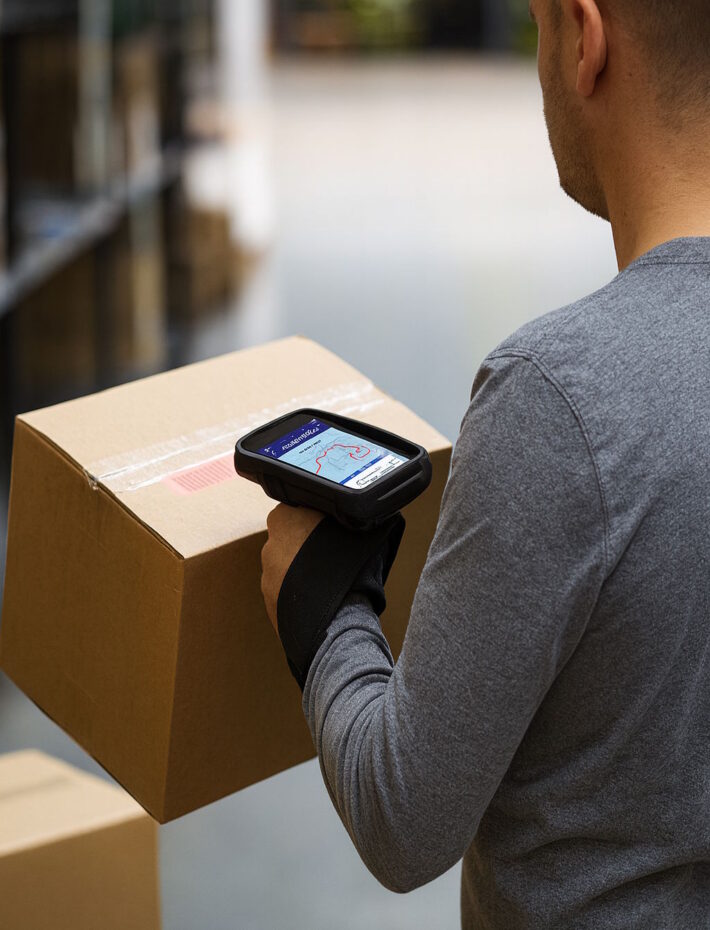How to Reduce Stress for Your Dispatch Teams with the Right Tools

In an industry where tight deadlines and customer expectations are increasingly demanding, dispatch teams face constant pressure. How can you help them manage this mental load while optimizing performance? Discover how the right technological tools can transform the daily lives of your dispatchers.
The Stressful Reality of a Dispatcher’s Job
Dispatchers are at the heart of logistics operations. As true orchestrators, they must coordinate deliveries, manage unexpected events, communicate with customers and delivery personnel, all while respecting time and cost constraints. This central position inevitably generates high stress levels.
According to a recent study, 78% of dispatchers report experiencing moderate to high stress levels daily. The main sources identified are:
- Simultaneous management of multiple urgent requests
- Pressure from increasingly shorter delivery deadlines
- Constant communication with customers and delivery personnel
- Managing delays and unforeseen events
- The need to make quick decisions that impact profitability
This chronic stress has significant consequences: high turnover rates, absenteeism, operational errors, and, ultimately, impacts on employees’ mental health.
The Impact of Dispatcher Stress on Your Business
The stress of your dispatch teams isn’t just a matter of well-being – it directly affects your business performance:
- Decreased service quality: A stressed dispatcher will make less optimal decisions, affecting customer satisfaction.
- Increased operational errors: Confusion in assignments, forgetting specific constraints, poor communications… Stress multiplies the risk of errors.
- Hidden costs: Staff turnover, absenteeism, and training new employees represent significant but often overlooked costs.
- Internal tensions: Stress easily spreads throughout the team and can create a toxic work environment.
The 5 Essential Features of an Anti-Stress Dispatch Tool
1. Automation of Repetitive Tasks
The daily repetition of manual tasks is one of the main sources of burnout. A good dispatch tool should allow automation of:
- Order assignment according to preconfigured rules
- Customer and driver notifications
- Activity report generation
- Cost calculation and billing
This automation frees up mental space to focus on decisions with real added value and exceptional cases requiring human expertise.
2. Clear Visualization of Operations
The human brain processes visual information more efficiently. A well-designed dashboard allows:
- An overview of ongoing operations
- Quick identification of critical situations requiring intervention
- Intuitive prioritization of tasks
- Reduction of cognitive load related to processing multiple pieces of information
Color codes, icons, and ergonomic layouts play a crucial role in this soothing visualization.
3. Proactive Exception Management
Unexpected events are the primary source of stress for dispatchers. A high-performing tool must:
- Alert upstream about potential problems (delays, traffic jams)
- Automatically propose alternative solutions
- Facilitate rapid communication with stakeholders
- Keep track of decisions made for future analysis
This proactive approach transforms crisis management into a controlled process.
4. Integrated Communication
The multiplication of communication channels is a major source of stress. A centralized tool must integrate:
- Communication with drivers
- Exchanges with customers
- Internal coordination between departments
- History of previous communications
This centralization avoids information loss and constant interruptions that fragment attention.
5. Predictive Artificial Intelligence
The latest technological advances allow anticipating problems before they occur:
- Prediction of delays based on historical and real-time data
- Suggestion of proactive schedule adjustments
- Identification of recurring problem patterns
- Continuous learning to improve forecasts
This predictive dimension transforms the dispatcher’s posture from reactive to proactive.
Testimonial: The Transformation of Operations at TransExpress
Marie Dufour, Operations Manager at TransExpress, testifies:
“Before implementing our new TMS, our teams were constantly under pressure. Days began with managing the previous day’s problems and ended with anxious anticipation of the next day’s difficulties. Since we adopted a tool centralizing all our operations with automation rules, the change has been radical.
Our dispatchers now dedicate their expertise to complex situations rather than managing repetitive tasks. The turnover rate in the team has gone from 40% to less than 10% annually. More importantly, our customer satisfaction rate has increased by 22% in just six months.”
Implementation: Key Steps for a Successful Transition
Adopting a new tool is not an immediate miracle solution. For a successful transformation:
- Involve your teams from the start: Dispatchers must be consulted about their real needs and daily friction points.
- Train progressively: Favor a step-by-step approach rather than intensive, one-time training.
- Start with high-impact features: Identify the most stressful tasks and prioritize deploying features that alleviate them.
- Measure results: Establish clear indicators of workplace well-being and operational performance.
- Continuously adjust: The first configuration is never perfect. Plan regular optimization sessions.
Conclusion: Beyond Tools, a New Culture
Technology alone will not solve all the stress problems of your teams. It must be accompanied by a cultural transformation that values:
- The quality of decisions rather than the quantity of tasks accomplished
- Collaboration between departments rather than compartmentalization of responsibilities
- Problem-solving rather than finding someone to blame
- Experience sharing and continuous improvement
By combining the right tools with this human approach, you will transform not only the well-being of your dispatch teams but also the overall performance of your supply chain.
Is your company ready to take the step toward serene and efficient dispatching? Contact our experts to discover how our Everest TMS solution can transform the daily lives of your teams.
Did you like this article? Discover our other content on optimizing logistics operations and the digital transformation of transportation.



